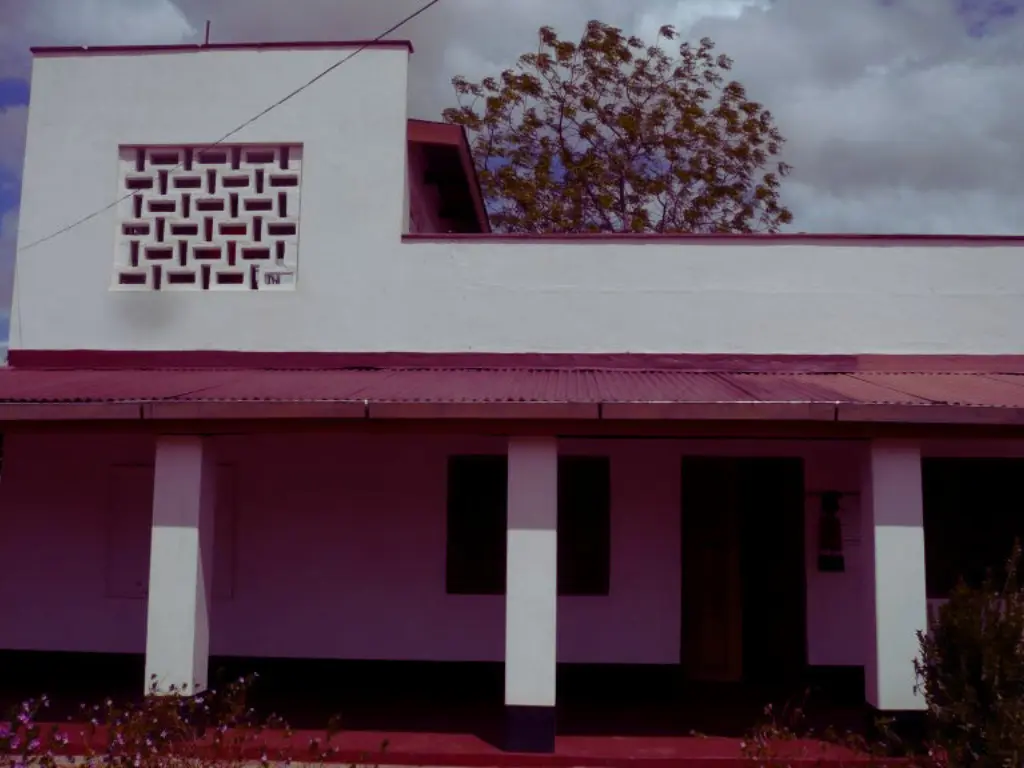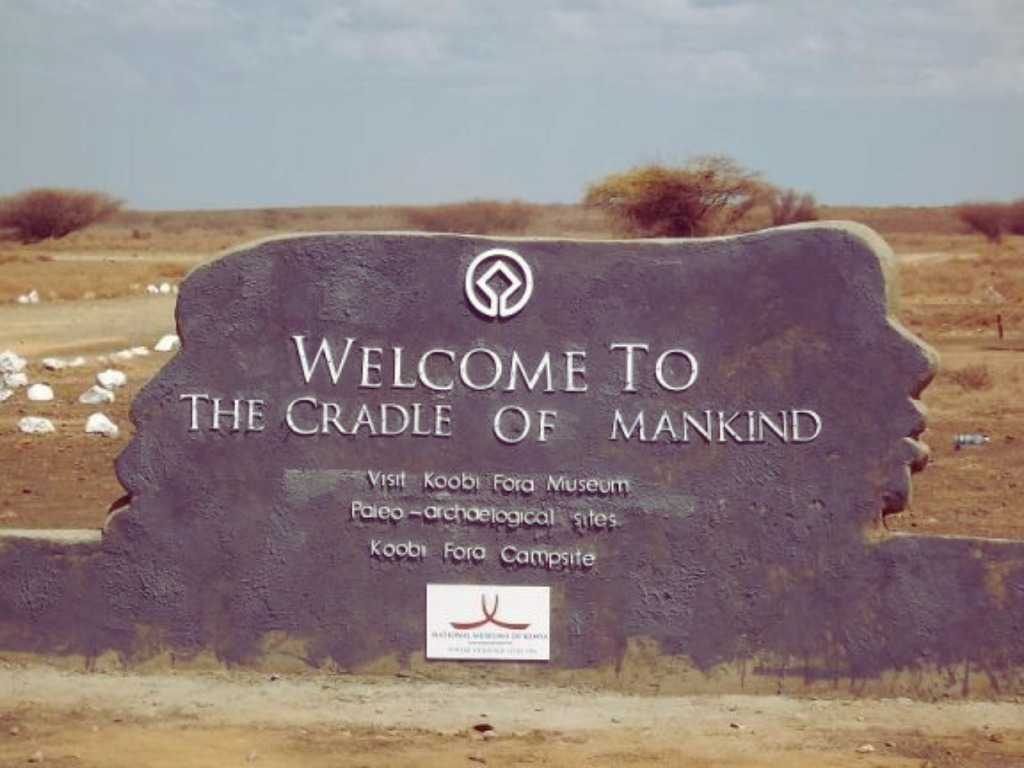

Why Visit? Koobi Fora is one of the world’s most renowned prehistoric fossil sites, located on the eastern shores of Lake Turkana in northern Kenya. It lies within Sibiloi National Park, part of the Lake Turkana National Parks, a designated UNESCO World Heritage Site. The name Koobi Fora means “a place of the Commiphora and the source of myrrh” — referring to the region’s dominant plant species in this hot and arid landscape.
The first Australopithecus skull in the region was found at Koobi Fora. Over 200 hominid fossils and hundreds of animal skulls have been unearthed here — the largest collection worldwide
A hominid lineage showing minimal morphological change over a 2-million-year period
Fossils of this early human ancestor were recovered here
A well-preserved 1.6-million-year-old skull was discovered
Spanning approximately 700 square miles, Koobi Fora preserves an extensive sequence of fluvial and lacustrine sediments dating from the Pliocene (5 million years ago) to the Early Pleistocene (1 million years ago). It is part of a wider paleontological corridor that includes some of the richest hominid fossil records globally.
Australopithecus (Sensu Lato): A hominid lineage showing minimal morphological change over a 2-million-year period
Homo habilis: Fossils of this early human ancestor were recovered here
Homo erectus: A well-preserved 1.6-million-year-old skull was discovered
The first Australopithecus skull in the region was found at Koobi Fora
Over 200 hominid fossils and hundreds of animal skulls have been unearthed here — the largest collection worldwide
Abundant stone tools and cutting implements
Fossils of giraffines, early plant remains, and mammalian vertebrates
Koobi Fora is managed under Sibiloi National Park, which was gazetted on 24 July 1981 (Gazette Notice No. 2213) and confirmed on 4 June 1982 (Gazette Notice No. 1517).
It forms a vital part of the Lake Turkana National Parks, which were inscribed as a UNESCO World Heritage Site in recognition of their universal value in understanding the evolution of humankind and East African ecosystems.
Opening Hours: Daily, 8:00 AM – 6:00 PM
Location: Sibiloi National Park, Eastern Lake Turkana, Marsabit County
Accessibility: Accessible by boat from Kalokol, chartered flights, or road from Loyangalani
Best Time to Visit: Dry season (June to October)
Koobi Fora has served as a field school for students in paleontology and archaeology. It remains a centre for international research in:
Paleoanthropology
Human evolution
Geological stratigraphy
Guided Tours: Led by NMK researchers and local guides
Fossil Sites: View actual excavation areas and casts of key fossil finds
Museum & Interpretation Centre: Educational displays on human evolution, geology, and ecology
Nature Safaris: Spot wildlife in Sibiloi National Park including gerenuk, gazelles, and crocodiles
Step into the cradle of humankind at Koobi Fora — where ancient bones tell the story of our origins.
The National Museums of Kenya (NMK), established under the Museums and Heritage Act (2006), is a multi-disciplinary institution dedicated to collecting, preserving, researching, and presenting Kenya’s cultural and natural heritage.
Sign up to our newsletter